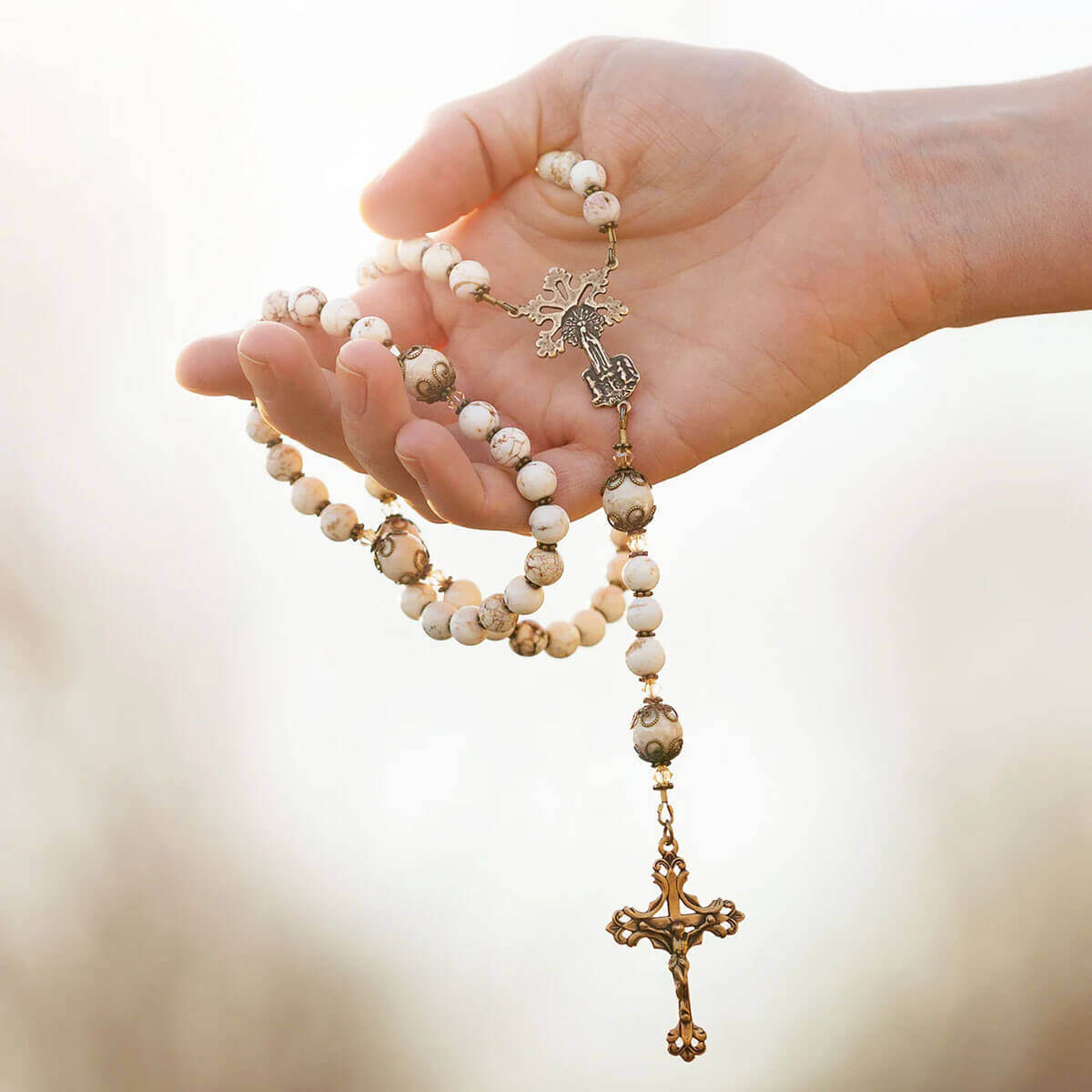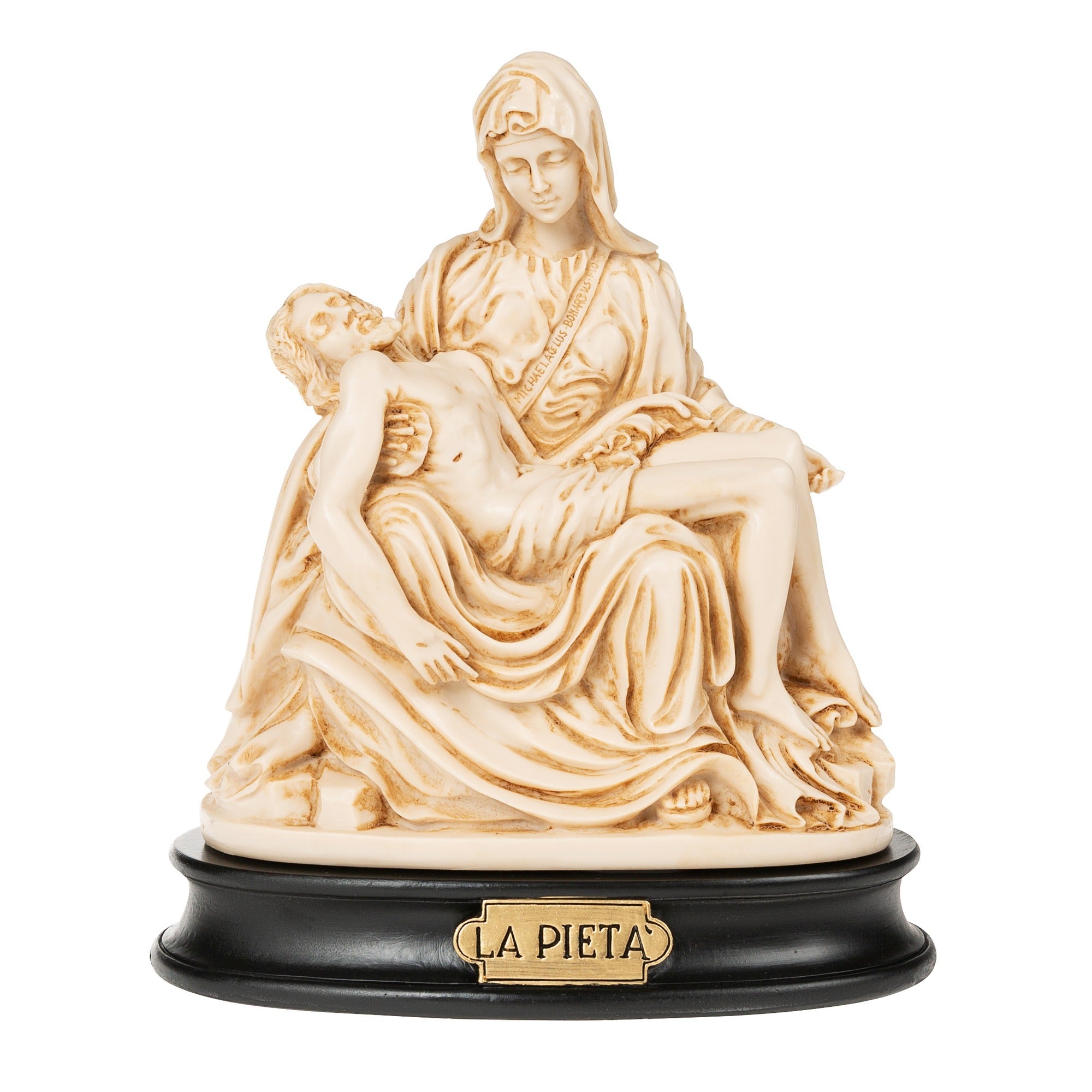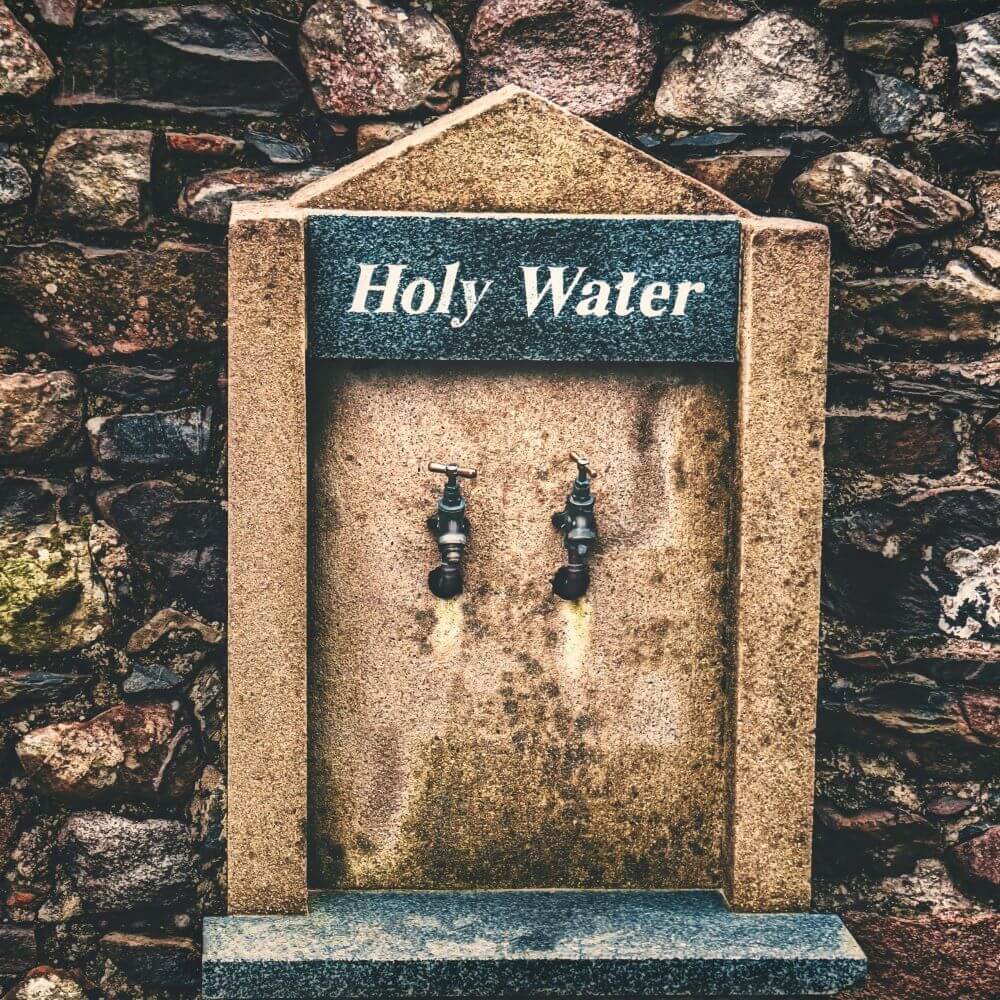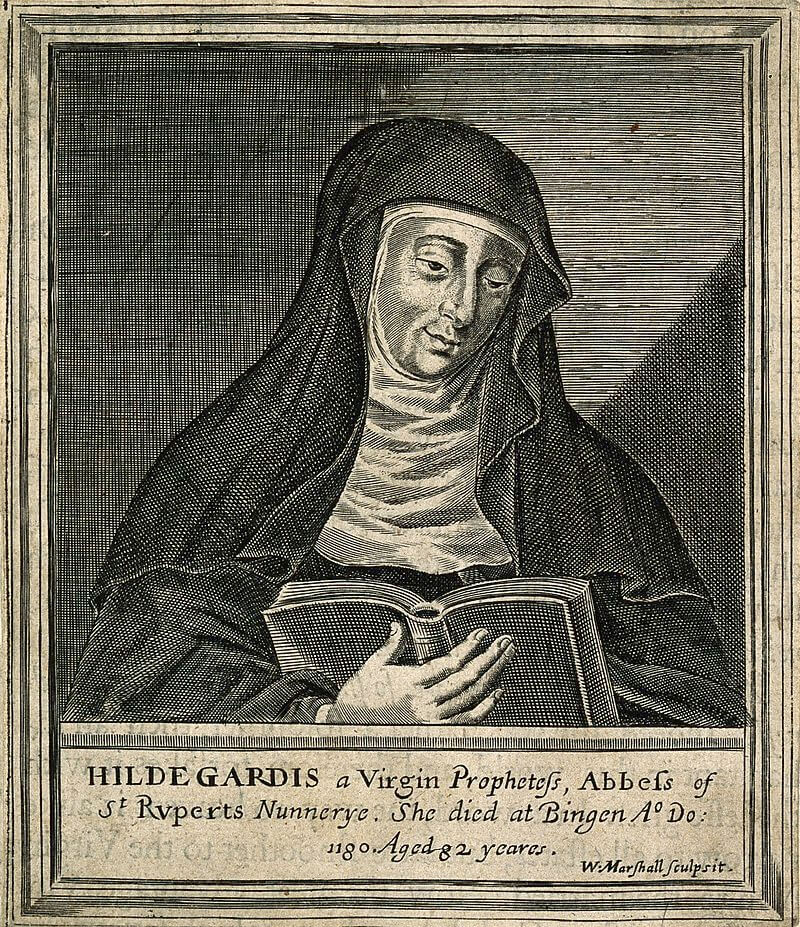Everyone loves ladybugs. Not only are they eye-catching—with their rosy-red mantles and dapper spots—but they also consume pests that cause serious trouble for gardeners and farmers. An adult ladybug can eat 75 aphids a day!
But did you know that the ladybug owes its name to Our Lady and has a special connection to her?
Legend has it that back in medieval times, terrible pests were devastating crops in Europe. The people, in danger of losing their livelihood and source of sustenance, prayed to Our Lady for assistance. Soon, a great swarm of small beetles—with red shells and black spots—came and ate up the offending pests. The crops were saved, and the people named the miniature heroes after Our Lady, hence “ladybug.”
The name took various forms in different regions—they are called ladybirds in the UK, and in other countries of Europe they bear a similar Marian title, such as Marienkäfer in German, “Mary’s beetle.”
The red of the ladybug’s shell recalls the red mantle often worn by Our Lady in sacred art, and the black spots—which, on the Seven-Spot Ladybird, the most common species in Europe, are seven in number—represent her Seven Sorrows and Joys.
Today we celebrate the feast of the Seven Sorrows of Our Lady, so beautifully represented by the lovely ladybird. Devotion to Our Lady’s Sorrows has ancient origins in the Church, and is a practice she has asked us to cultivate. You can increase this devotion in your life by praying the powerful Chaplet of the Seven Sorrows. Order your own Chaplet of the Seven Sorrows today from The Catholic Company!



























